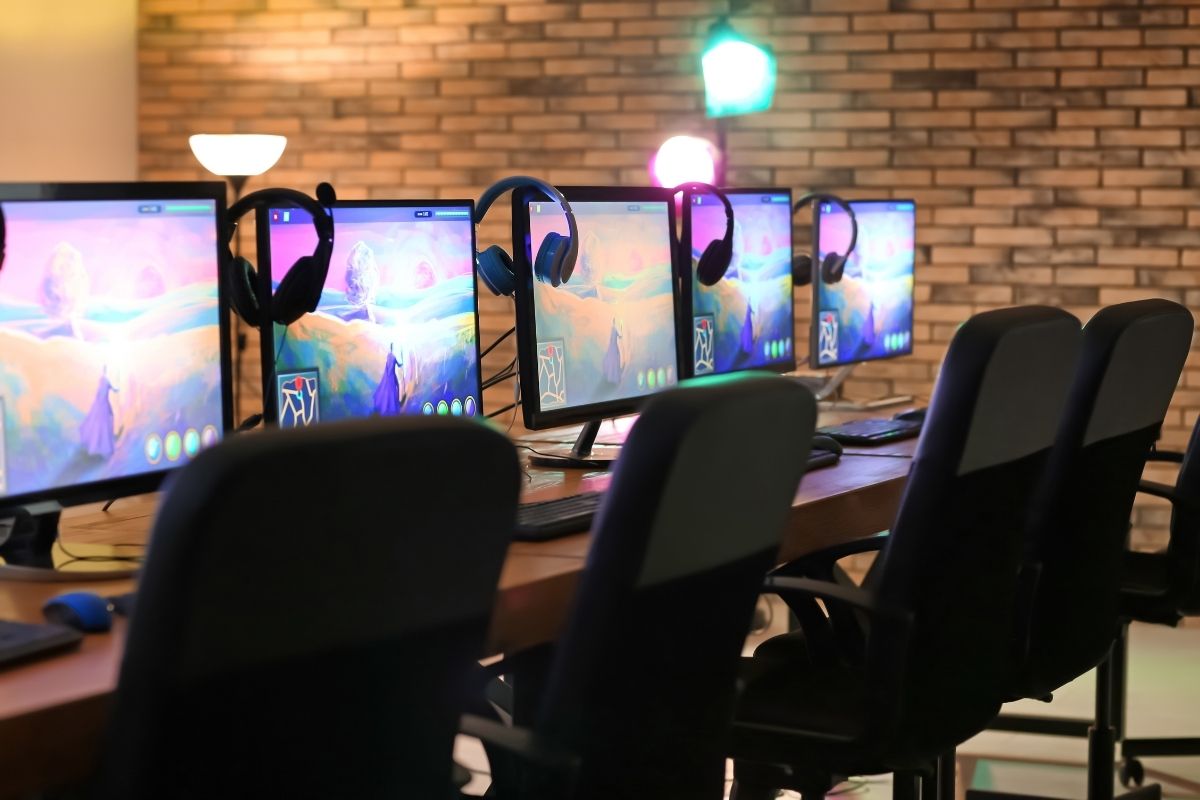Community & the Design Process: Case Study in Community-Based Design: Roblox
The way Roblox looks at building our developer and player communities comes from a place of respect built into the very foundation of what Roblox is, starting with the building tools.
For example, Roblox Studio uses LUA, one of the most friendly coding languages there is. That wasn’t an accident. As a company, it was essential to choose a coding language that was accessible for all, not just those with a gaming education.
Rule 1: Give Players Creative Freedom
[Please embed: https://pixabay.com/images/id-1077863/ ]
From the very beginning, we wanted players to have the option of creating giant immersive worlds to expressive themselves in. Each decision made about gaming tools focuses on these shared collaborative experiences.
We respect our community; it’s one of our pillar beliefs.
That foundational respect is considered each step of the way. Before making decisions, we ask internal questions such as, “Is this really respecting the community?”
We recognize that the company is nothing without our players and developers. It’s no different than in any other gaming company, but Roblox, in particular, leads with our need to take care of them.
Rule 2: Listen to Your Players
We realized long ago that the best people to talk to when determining what players want were the players themselves.
[Please embed: https://pixabay.com/images/id-2587571/ ]
Because of this, we want to give them the tools they need to create. And that’s what we do. That’s where we see our players become developers.
They create games that a traditional gaming company would probably never allow.
If you look at the top games on Roblox and would pitch them in a traditional green light fashion in the gaming industry, they probably would never happen. But Roblox doesn’t have that green light process.
Any kid can come on and create a game. It allows them to express themselves without adults getting in the way and assuming to know what kids like. Kids know what kids like.
Rule 3: Remove Roadblocks for Community Development
For developers coming into Roblox, there are tremendous opportunities for creativity and expression in a fast-to-market way. It’s possible to come up with a wacky idea and create it, no matter what your crazy idea is.
You might think, “I want to make the floor lava, but not just the floor, the sky too!” I just came up with that idea, but on Roblox, you could prototype it very fast and then share it with the Roblox community instantly.


